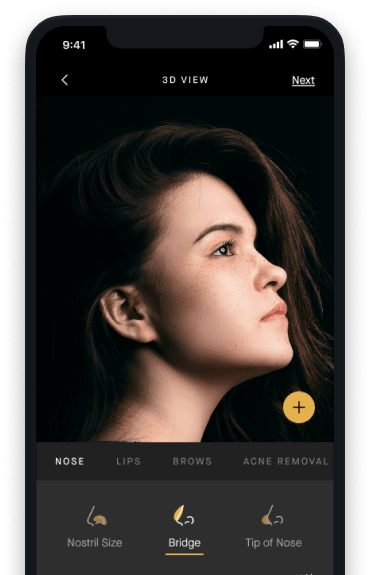
The Skinny
Average Recovery
10 days
Permanence
Temporary
Application
Topical
Surgical
No
Cost
$200 - $2000
AEDIT
Before & After Images by Provider



Before & After Images by Provider
Medium Depth Chemical Peels
The Specifics
What is a medium depth chemical peel?
A medium depth chemical peel is a non-surgical skin resurfacing technique. This type of peel is not recommended for darker skin types. In a medium depth chemical peel, chemical solutions, like an beta-hydroxy acid (BHA) such as salicylic acid or, more commonly, trichloroacetic acid (TCA) is used.
Medium depth chemical peels penetrate the epidermis (top skin layer) into the papillary dermis. Medium depth peels are usually combined with a superficial chemical peel or other chemical pretreatment to increase efficacy while reducing the risk of scarring.
What cosmetic concerns does a medium depth chemical peel treat?
Exfoliation of multiple skin layers “peels off” dead and damaged skin cells to promote fresh, new skin to grow for a rejuvenated complexion.
Who is the ideal candidate for a medium depth chemical peel?
The ideal candidate for a medium depth chemical peel is looking to improve the appearance of fine lines and wrinkles, uneven skin tone or texture, or other superficial blemishes. Medium depth chemical peels are not recommended for those with dark skin tones due to risk of hypopigmentation, those with active skin infections, sunburns, open wounds, or those who are nursing or pregnant.
What is the average recovery associated with a medium depth chemical peel procedure?
There is generally one to two weeks of downtime following a medium depth chemical peel. Pain, redness, swelling, crusting, and flaking will persist for three to 10 days following the treatment. Patients are advised to limit activities for one week and can typically return to work within one to two weeks. The treated skin may have a different tone and have lost the ability to tan.
What are the potential side effects of a medium depth chemical peel procedure?
Possible side effects following a medium depth chemical peel include local infection, contact dermatitis, irritation, burning, pruritus, pain, persistent erythema, edema, blistering. Delayed side effects may include scarring, delayed healing, milia, textural changes, hyperpigmentation, hypopigmentation, lines of demarcation, loss of cutaneous barrier and tissue injury, and acneiform eruptions
What can someone expect from the results of a medium depth chemical peel procedure?
The results of a medium depth chemical peel will develop after 10 to 14 days as skin sheds and begins to heal. Two or more peels may be needed to achieve the desired results. The results are temporary and will change with natural aging and sun damage.
What is the average cost of a medium depth chemical peel procedure?
Medium depth chemical peels cost anywhere from $200 to $2,000. The actual cost of a medium depth chemical peel is dependent upon location, provider, and length and involvement of the cosmetic procedure. Learn more in our complete guide to the cost of chemical peels.
Pros
- Shorter Recovery Time
- Treats Fine Lines
- Treats Dryness
- Treats Pigmentation Changes
- Treats Acne
- Smooths Rough Skin
- Improved Skin Texture
- Mild Pain
- Quick Treatment
Cons
- Pretreatment
- Temporary Results
- Multiple Treatments
Invasiveness Score
Invasiveness is graded based on factors such as anesthesia practices, incisions, and recovery notes common to this procedure.
What to Expect
Medium depth chemical peels chemically resurface the skin to improve complexion texture and appearance. Here is a quick guide for what to expect before, during, and after a medium depth chemical peel.
The Takeaway
Medium depth chemical peels are a more penetrative chemical skin resurfacing procedure. Medium depth peels allow for more significant results, but also increased recovery time. These peels can address uneven skin tone and texture, fine lines/wrinkles, sun damage, acne, and persistent skin dryness.








